Many summers ago I did something I’d always wanted to do. I made a pilgrimage to Gilmanton, New Hampshire, the final resting place of one of my favorite writers- Grace Metalious. The author of Peyton Place.
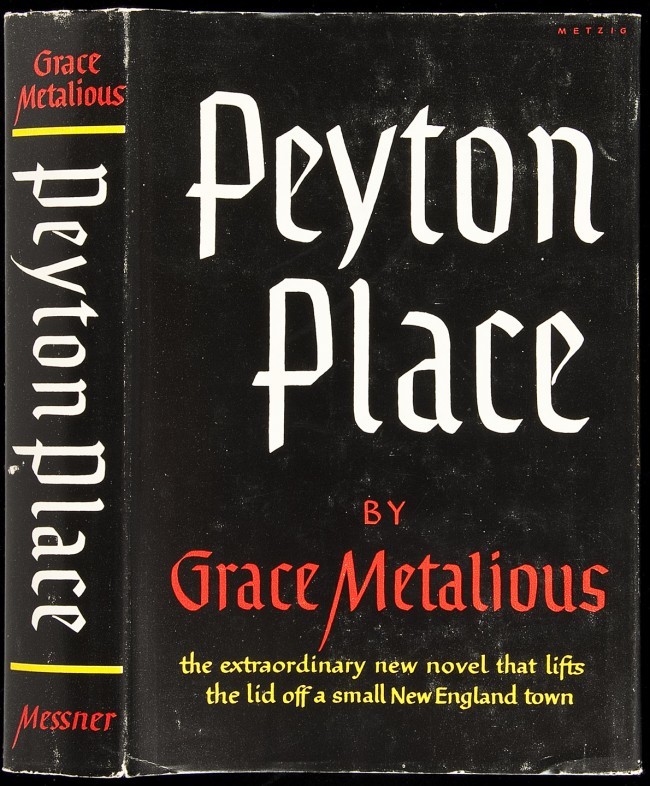
Nowadays, most people barely remember Peyton Place. But when I was growing up, the controversy surrounding that book was legendary. In 1956, Messner Books published a novel by an unknown housewife that supposedly lifted the lid off the scandals and secrets hidden behind the prim and proper façade of small-town New England. In a quote, Grace Metalious would live to regret, she said: “To a tourist, these towns look as peaceful as a postcard picture, but if you go beneath that picture it’s like turning over a rock with your foot. All kinds of strange things crawl out.” The book was in instant sensation- packed with the stories Grace herself had amassed through the years: tales of incest, adultery, drunkenness, murder- it was one hot tamale. My parents hid the book in the top drawer of their bureau and I had to read it whenever they left the house. While tame by today’s standards, it was pretty raunchy stuff for the 1950s.
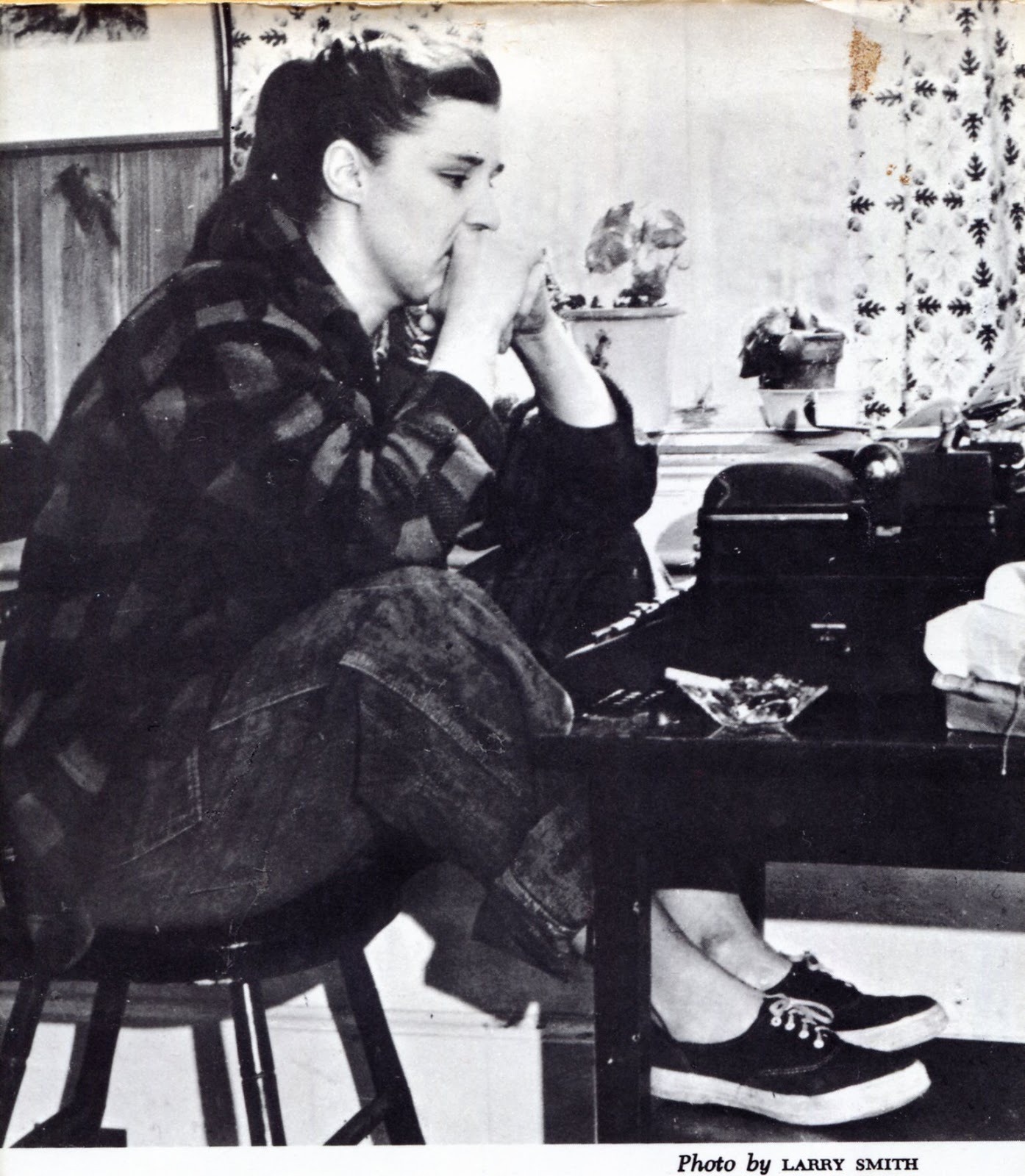
The famous image of Metalious with her ponytail and rolled-up jeans at the typewriter (taken by Larry Smith and crowned “Pandora In blue jeans”) that adorned the book’s back cover catapulted Grace to instant fame. Unfortunately, it also did her in. Her alcohol consumption increased (she drank a fifth or two of Canadian Club whiskey a day), she divorced her husband and father of her three children (he was a schoolteacher who was fired from his job after the book came out), and married a disc jockey who helped run through her fortune. She bought Cadillacs and would drive to New York and rent suites at the Plaza Hotel for herself and the children and order cherries jubilee from room service. Her subsequent novels- Return To Peyton Place (which she did for the money and personally hated), and her more ambitious The Tight White Collar and No Adam In Eden (about three generations of hateful women modeled spitefully after her mother)- were all critically pummeled and sold poorly. She died of liver failure at age 39, over $100,000 in debt to the government.
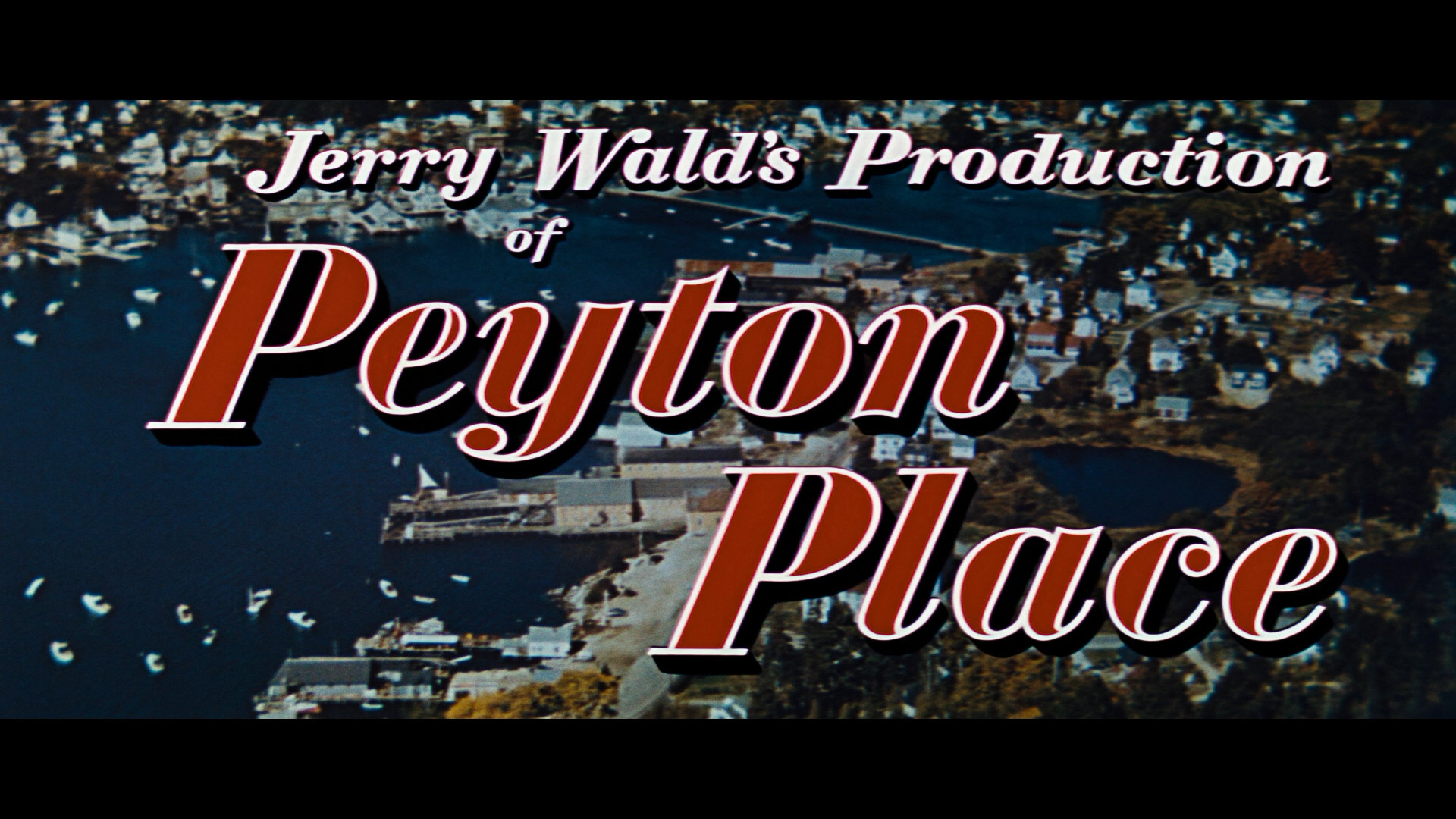
Twentieth Century Fox gave Peyton Place the big budget, all-star treatment with Lana Turner, Hope Lange and Diane Varsi in the lead as Allison MacKenzie. It was well-reviewed, and a box office hit. It also garnered many Academy Award nominations, and won a Golden Globe for Diane Varsi (for “Most Promising Newcomer”),
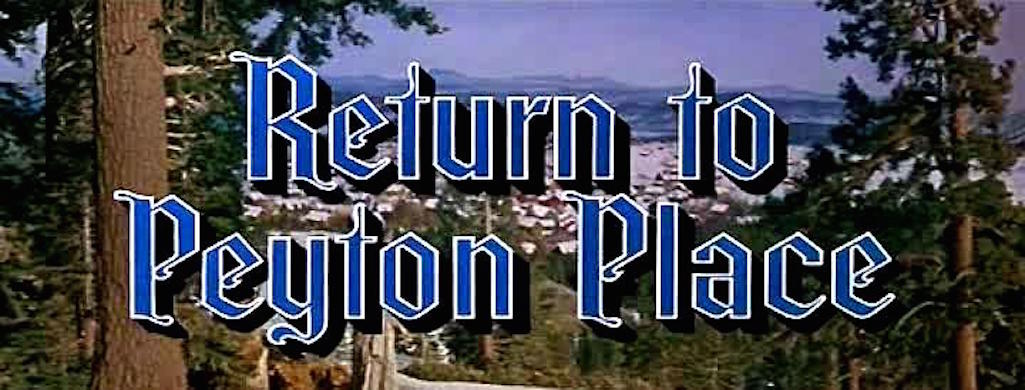
Return To Peyton Place followed with as new cast in the principal roles, which was trashier but no less popular.
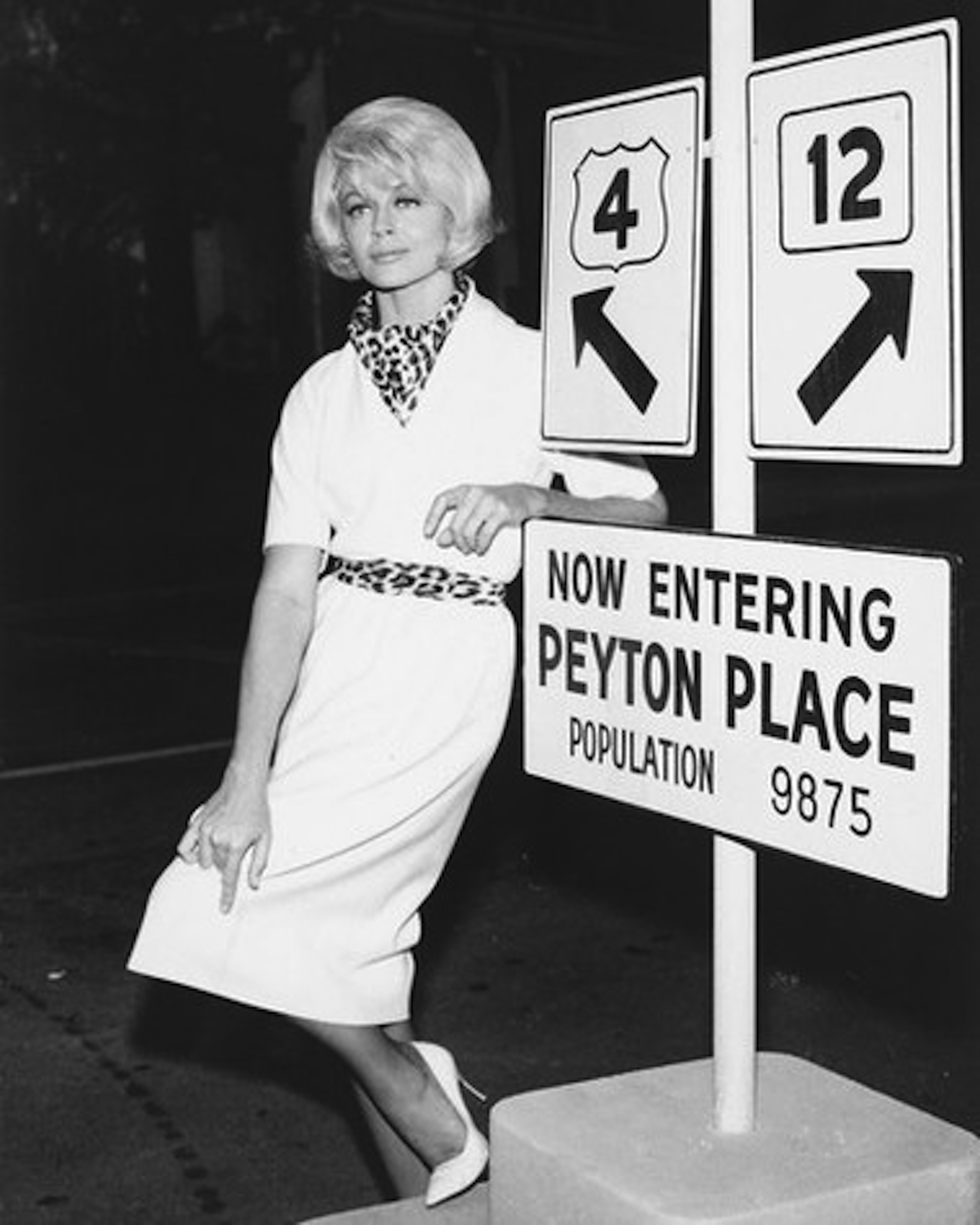
Peyton Place, the prime-time nightly soap opera, appeared on ABC in 1964, launching the careers of Ryan O’Neal and Mia Farrow and giving work to the wonderful Dorothy Malone, who played Constance MacKenzie.
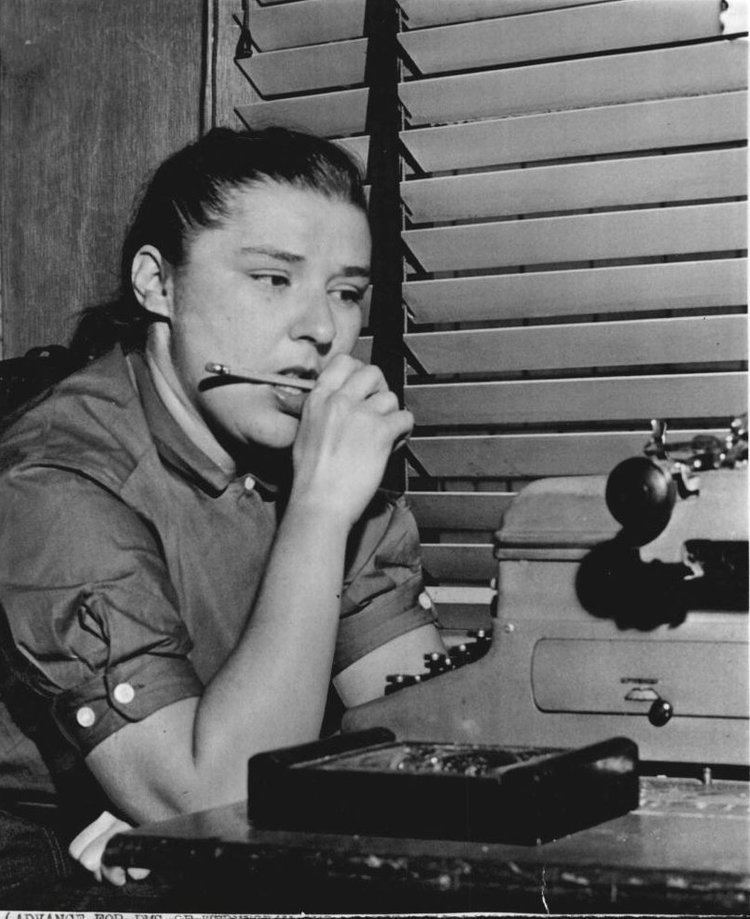
But it was the writer who always fascinated me. The restless spirit that caused her to fuel her rage on the page about all the hypocrisy surrounding her. Having grown up in a small New England town myself- aching with longing to get away- Peyton Place spoke to me deeply when I first read it.

So with John Waters, who has always been obsessed with Grace Metalious, and our good friend George Fitzgerald, we set out for the real town that served as inspiration for Peyton Place. George did all the planning and legwork for the trip, and shot many of the pictures in this piece (I was so excited I left my bag and camera in a diner along the way). Nestled in the foothills of the White Mountains, Gilmanton is small but quite beautiful. John Waters did the most hilarious thing as we approached town. He wanted to re-create a scene from the movie Peyton Place and rolled down his window and yelled to a startled stranger on the side of the road, “Which way to Peyton Place?” which is the first line of dialogue spoken in the film. The man looked at us in frightened bewilderment as we laughingly drove off.
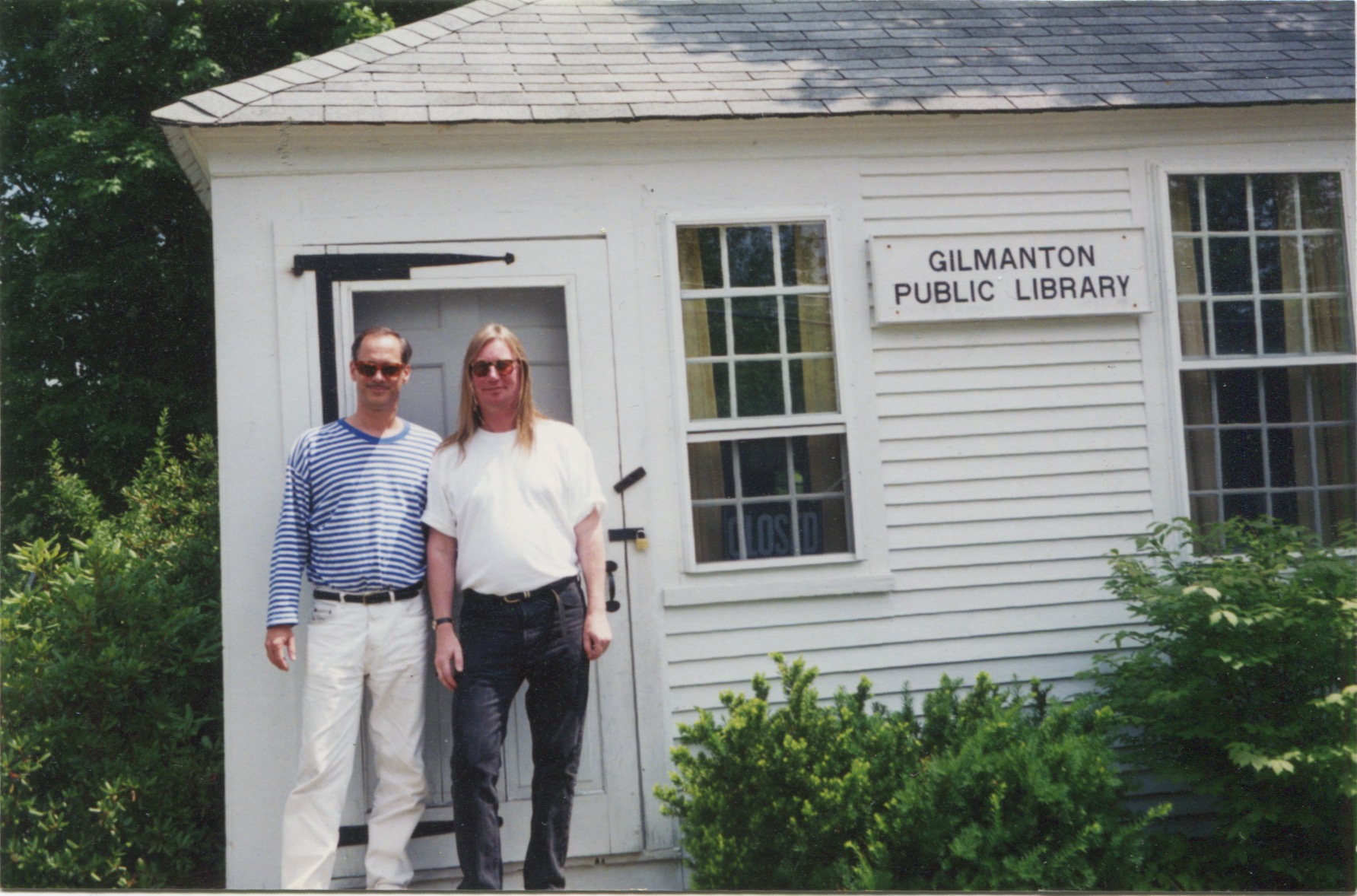
There is a general store at its center and across from it is the Gilmanton Public Library and a picturesque town square with a church and town hall (which also served as the school where Metalious’ husband taught).
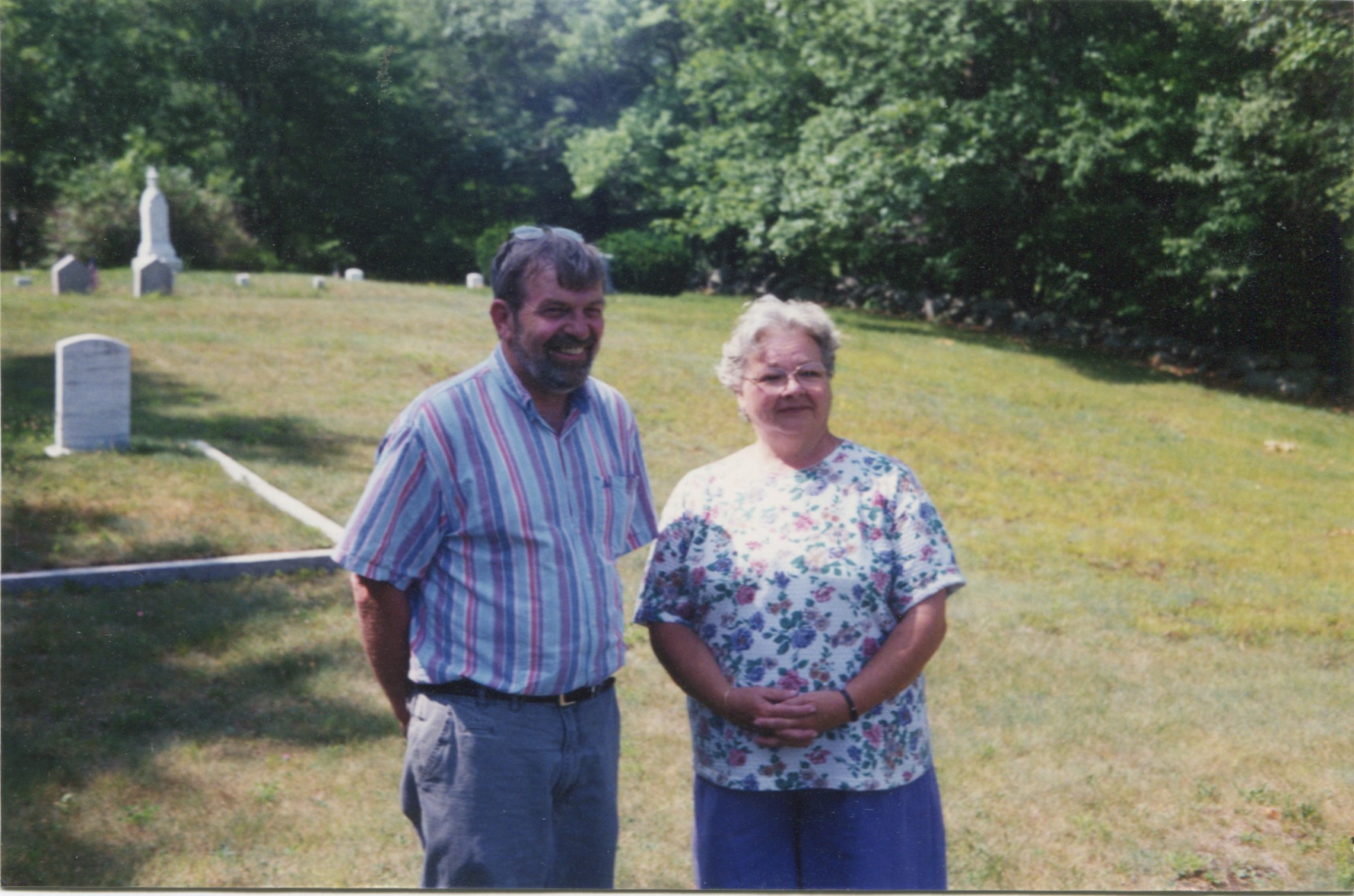
We met with the librarian, a wonderful, feisty woman who seemed slightly baffled that anyone would still be interested in Grace Metalious. Most of the townspeople didn’t care for her much while she was alive- “she was like Roseanne Barr,” said the librarian. She was abusive and difficult, she was a lousy housekeeper, and she “drank.” There were stories of her driving up to the general store in her Cadillac, nude in a fur coat, and attempting to cash a check for $40, 000. The librarian showed us the file that she had on Metalious and confided to us some of the true stories that Grace had used for the fictional characters in the book.
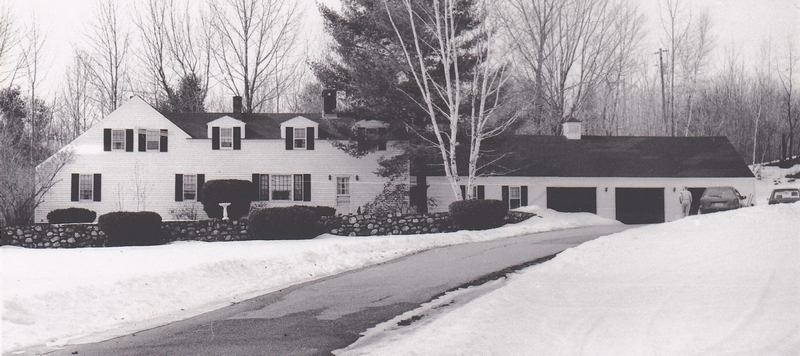
We drove out past Loon Lake to Grace’s house, still located on a dirt road. It’s a large, sprawling place- she kept adding on to it and was milked by greedy local contractors. The man who lived there when we came to town was a local historian and graciously invited us in. He took us on a tour of the house and even showed us a built-in desk where Grace wrote her last books. He filled us in on the whereabouts of Grace’s children and other anecdotes of run-ins he had with the author. He then made the jaw-dropping statement that the ghost of Grace had appeared to him- twice. Once wearing a wedding dress and shaking her finger at him and the other time at four in the morning where he awoke to find her nude, straddling him with a “wetness like she’d had an orgasm.” “She had the smell of a woman who hadn’t washed in some time…” he added. Did I just hear right? Did he just say he had sex with the ghost of Grace Metalious? I couldn’t even look over at John Waters because I knew we would both burst out laughing. Soon after we made our nervous farewells and escaped the house that Grace built. (I hear that the house now is home to the Gilmanton Winery & Vineyard).
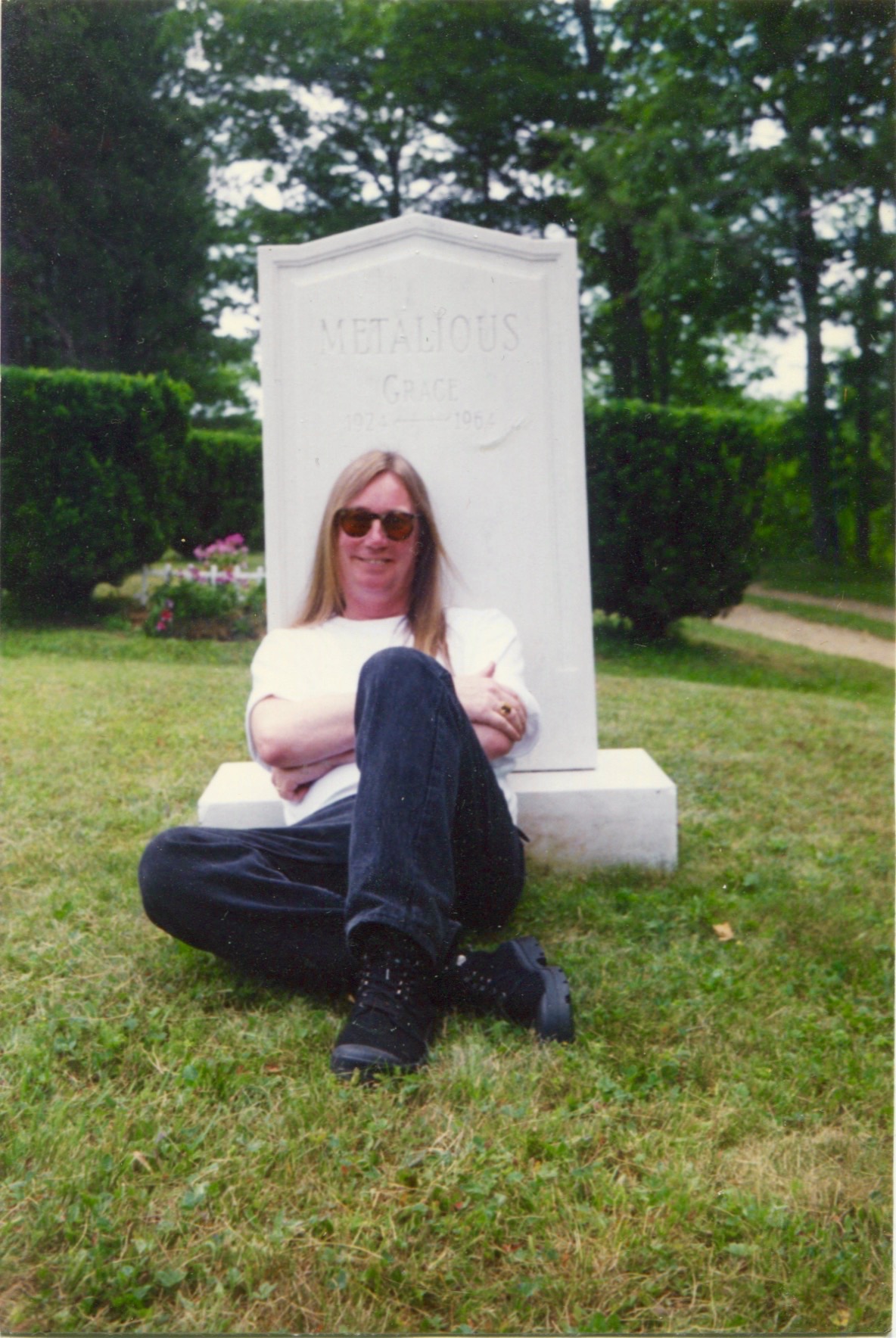
But the highlight of the entire trip was visiting Grace’s grave. Buried up on the pine and birch-shaded outskirts of Smith Meeting House Cemetery, her tombstone is white, simple and elegant. It has a modest inscription: “METALIOUS, Grace 1924-1964,” and overlooks a hill of wildflowers and a beautiful pond. It’s the kind of view Allison MacKenzie would describe in Peyton Place when she would wander alone to her “secret place” up in the woods and daydream about how “Indian Summer was like a woman. Ripe, hotly passionate, but fickle, she comes and goes as she pleases so that one is never sure whether she will come at all, nor for how long she will stay.”
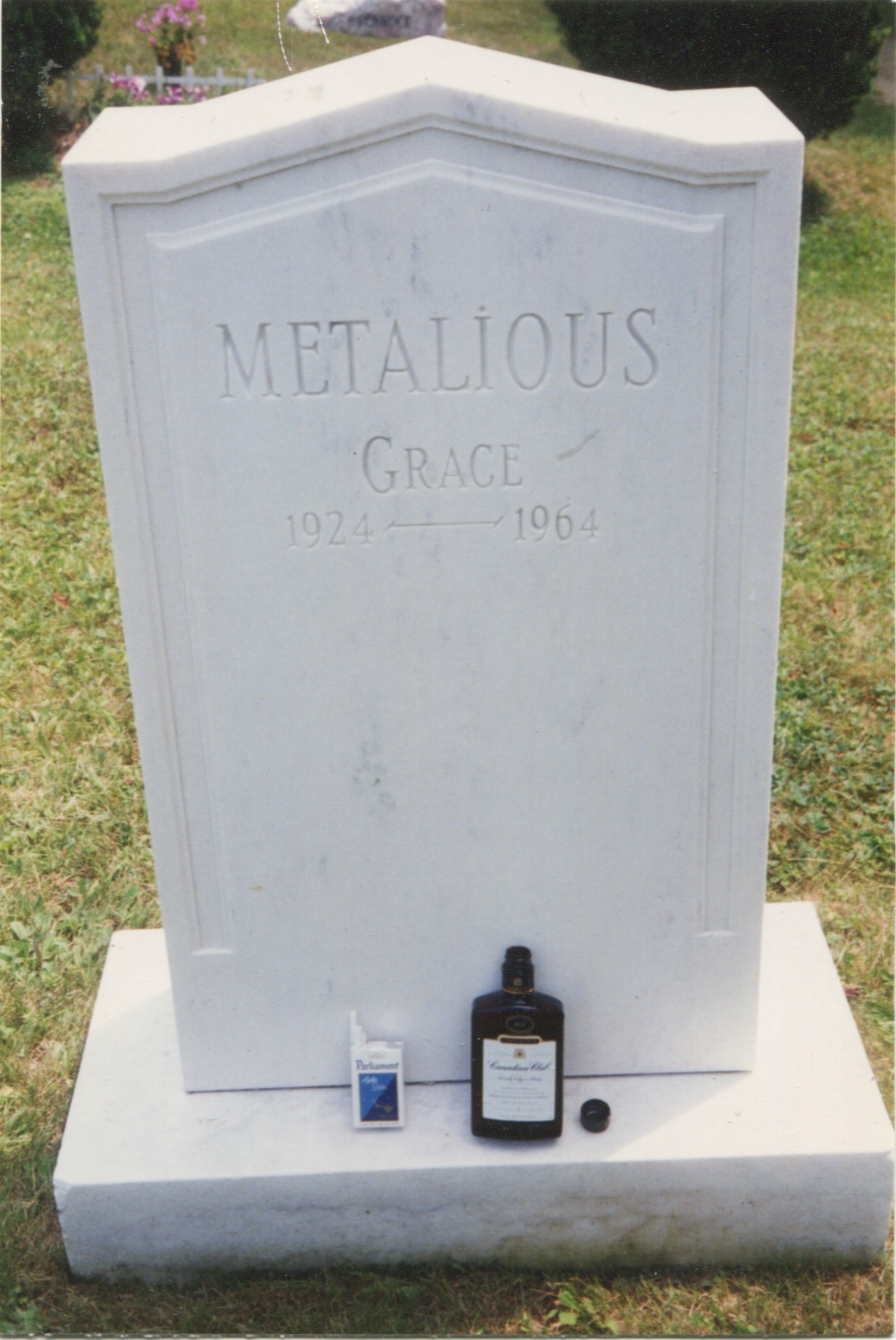
How fitting to have this final resting place offer the solitude and peace that so desperately eluded the author in life. The sound of music from a nearby bluegrass festival drifted faintly in the air around us. We left a pack of her favorite cigarettes (Parliament) and an open bottle of Canadian Club whiskey on her grave and drove down the winding country roads, away from the town whose geography so obsessed my youth.
This year on September 8, if she’d lived, Grace Metalious would have turned 94. Rest in Peace, sweet Grace.
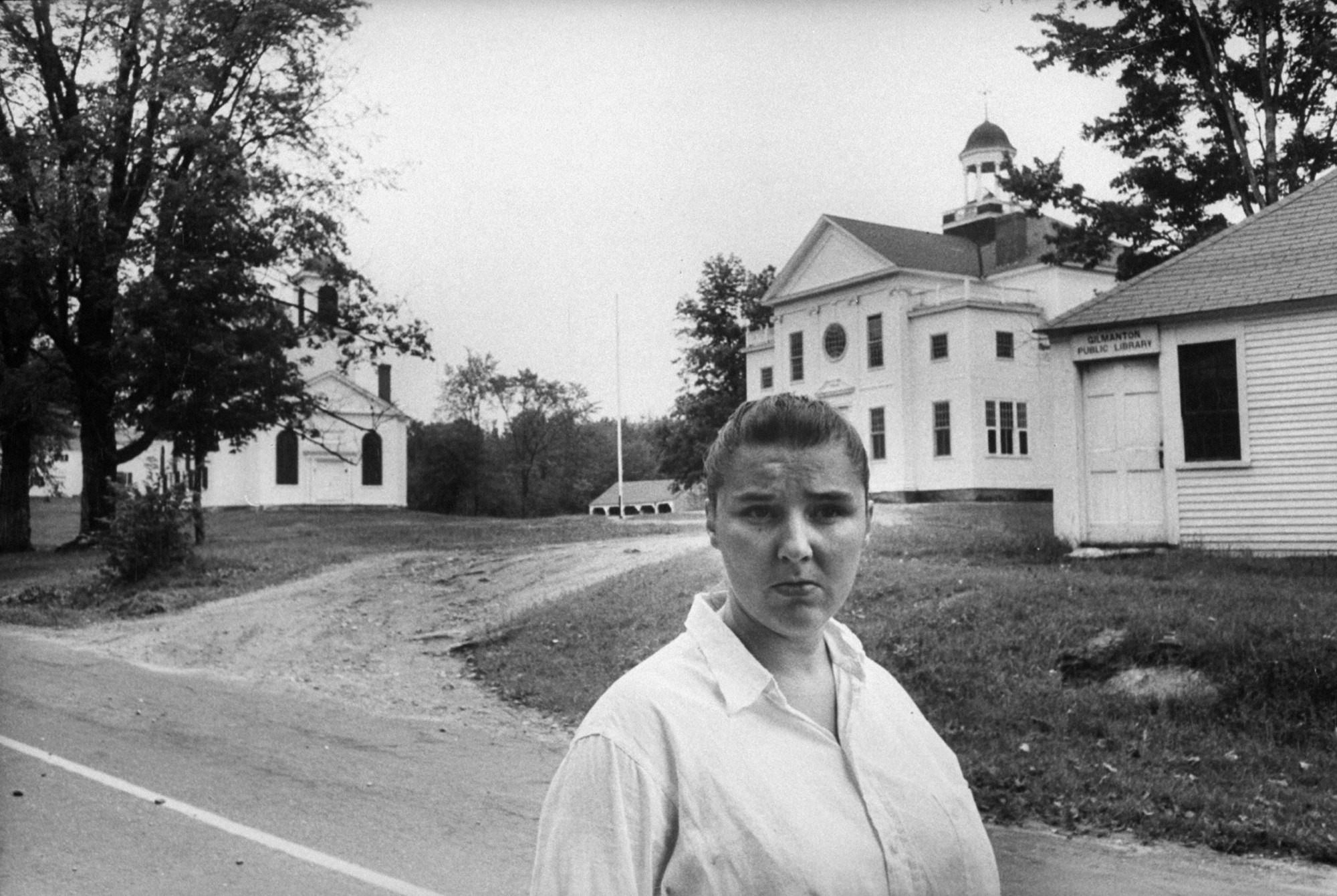

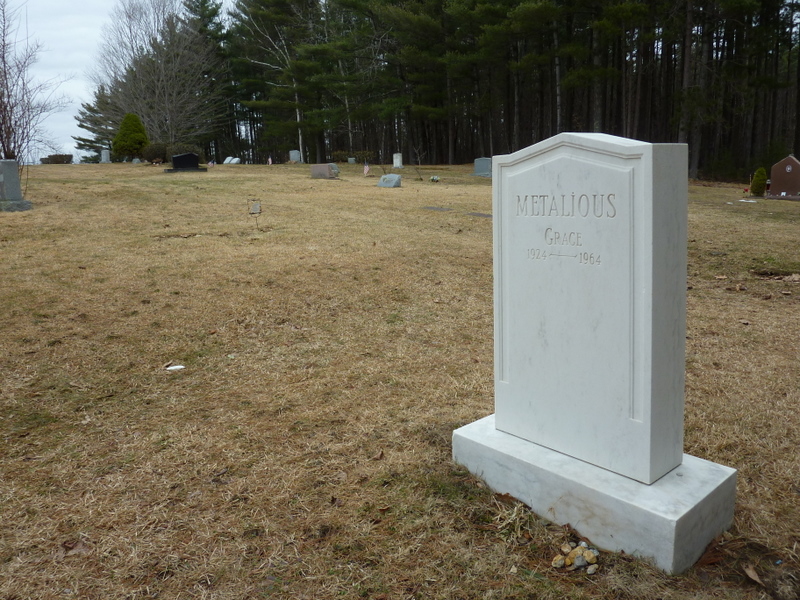
Wonderful memories, Dennis! And two b/w photos I’d never seen! Thanks!
I love the picture of Grace outside the library we were at!! And the fact that her house is now a winery!! God that was a fun day- thank you for that!!!